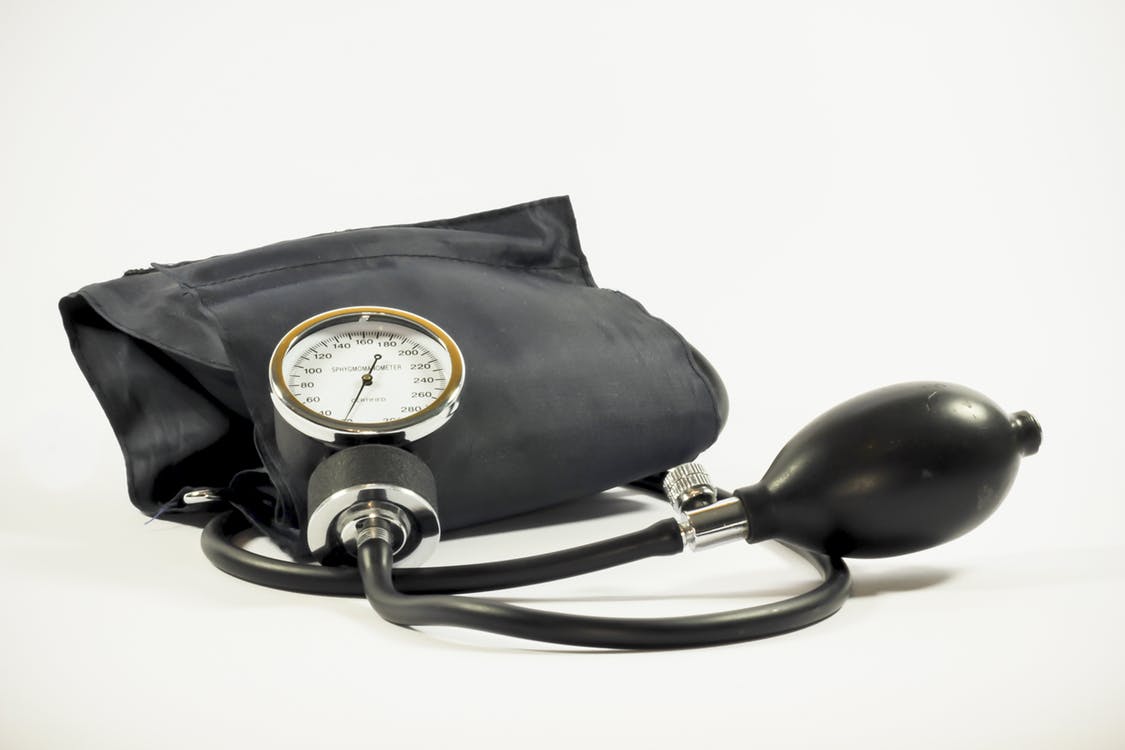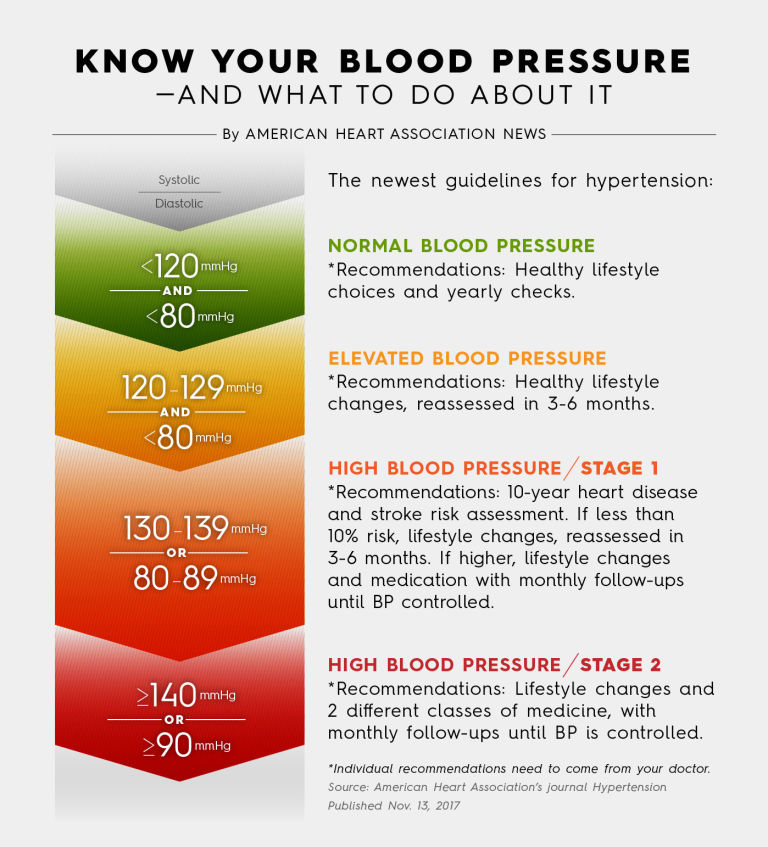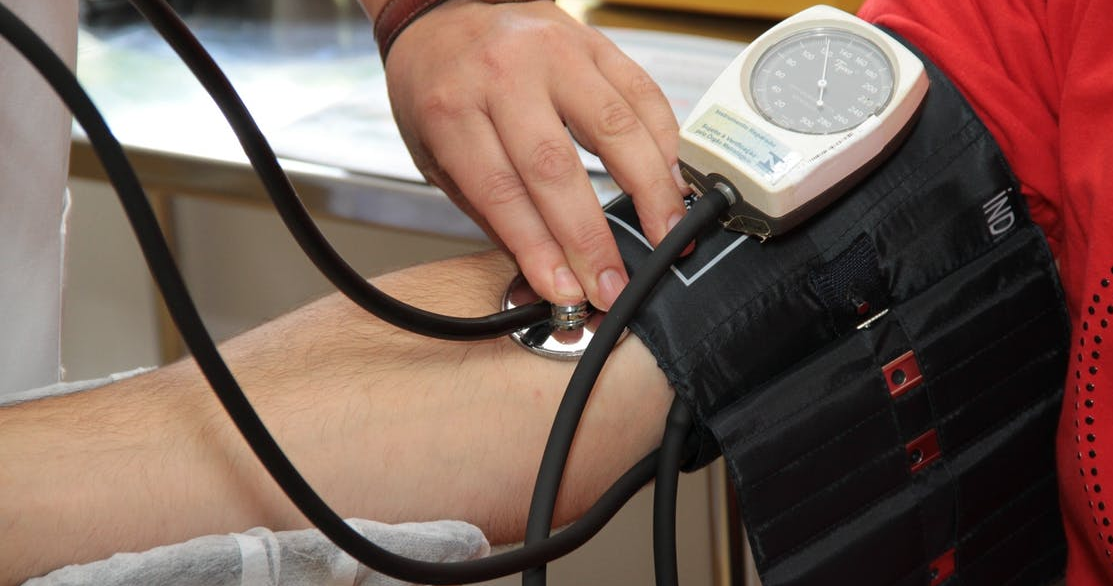When was the last you had your blood pressure checked?
If you've been putting off a visit to the doctor, you'll want to change that after reading about the new guidelines.
The American Heart Association and the American College of Cardiology just announced that they have lowered their threshold for high blood pressure, adding 30 million Americans to the number that already have the condition.

Prior to the new guidelines, a top reading was 140/90 millimeters of mercury, but now it has been dropped to 130/80, which means 46% of Americans are threading the danger zone.
The new cut-off was set because recent studies revealed that the old one wasn't as effective in determining whether or not a patient is under the threat of hypertension. Since high blood pressure is the second-leading cause of preventable deaths in the United States, it was crucial for health experts to readjust the numbers.
"We now know that a blood pressure level between 130-139/80-89 doubles your risk of cardiovascular complications such as a heart attack compared to people whose blood pressure is under 120/80," explained Paul Whelton, M.D., lead author of the new guidelines and professor of global public health at Tulane University.
"I have no doubt there will be controversy. I'm sure there will be people saying 'We have a hard enough time getting to 140,'" he continued.
So where does your reading fall under the new guidelines for hypertension?
The American Heart Association eliminated "prehypertension," and added new categories instead. They are as follows:
- Normal: Under 120 over 80
- Elevated: Top number 120-129 and bottom less than 80
- Stage 1: Top of 130-139 or bottom of 80-89
- Stage 2: Top at least 140 or bottom at least 90

The bad news is these changes mean that 14 percent of the population now have a problem with high blood pressure, the good news is that only 2% will require medication to correct the condition.
The remaining 12% can reduce their risk of heart disease, stroke, and other hypertension-related problems by making some changes to their lifestyle, including eating healthier, exercising, and drinking less alcohol.
"If you already have a doubling of risk, you need to know about it," Dr. Whelton added. "It doesn't mean you need medication, but it's a yellow light that you need to be lowering your blood pressure."
Dr. Whelton and his team of experts urge people to proceed with caution when trying to lower their blood pressure with trendy approaches, like consuming excessive garlic, coffee, dark chocolate or practicing yoga, because there isn't enough proof that they work.
It is recommended that adults and children get their levels checked by a health professional at least once a year. It takes about two to three readings on separate occasions to diagnose a patient with hypertension.
For the rest of the year you can check your own blood pressure at a free kiosk or by using a home monitoring device, which cost as little as $40-$60.
Have you had your blood pressure checked recently?
